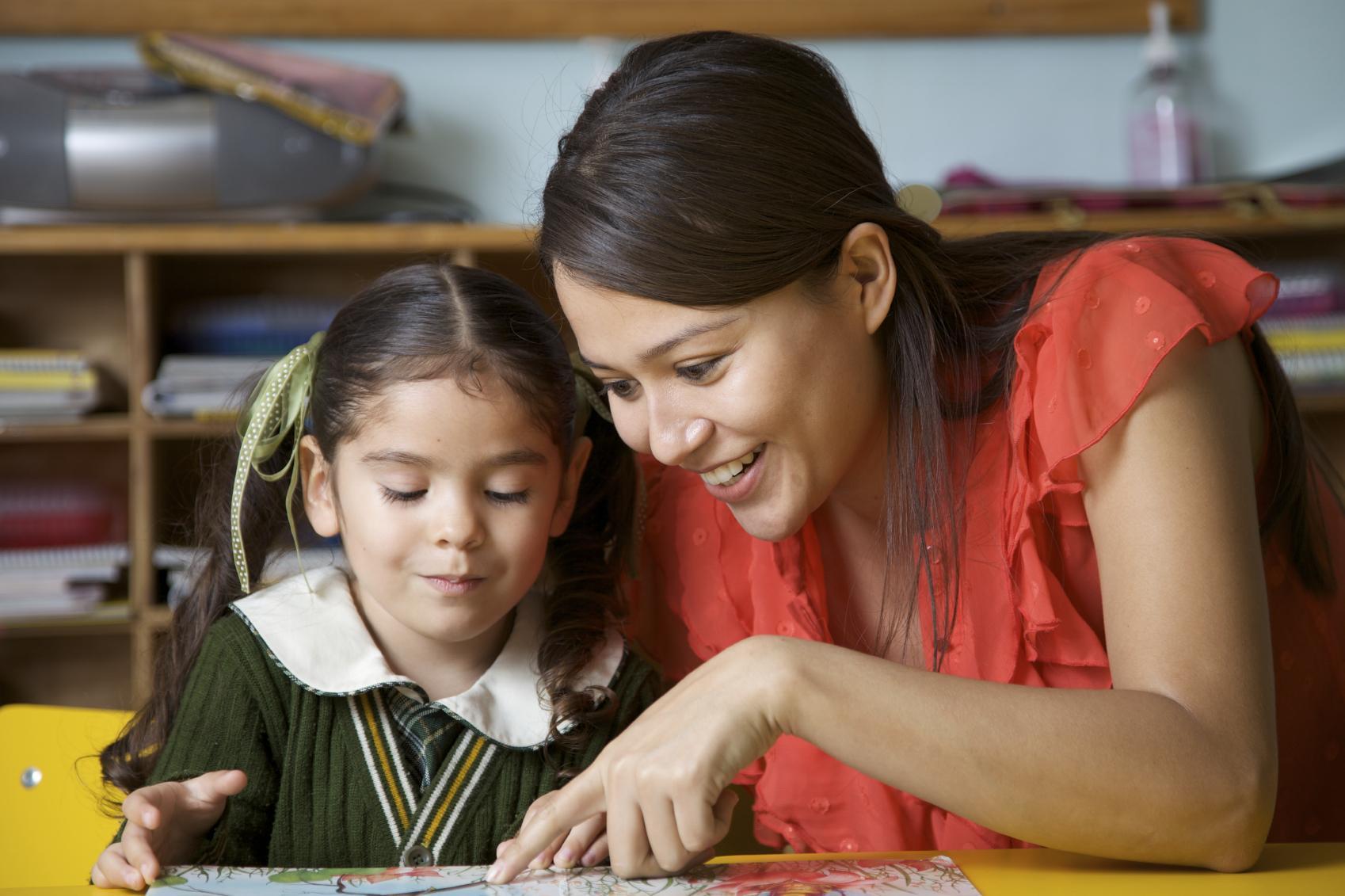
The ultimate ADHD guide for parents. Discover what ADHD is, its symptoms, types, and causes. Lear...
The ultimate ADHD guide for parents. Discover what ADHD is, its symptoms, types, and causes. Learn effective diagnosis and treatment strategies.
Attention Deficit Hyperactivity Disorder (ADHD) is a common neurodevelopmental disorder that affects millions of children worldwide. ADHD can cause a variety of issues with academic performance, social interactions, and overall well-being. In this section, we will discuss the definition of ADHD, its symptoms, and the different types of ADHD presentations.
ADHD is characterized by persistent patterns of inattention or hyperactivity-impulsivity that interfere with an individual’s functioning or development. Children with ADHD may struggle to focus on tasks for extended periods, act impulsively without considering consequences, or display excessive physical activity when it’s not appropriate.
The primary symptoms associated with ADHD are:
The three main types include:
ADHD is no joke- it can shake things up in many areas of life. So, to stay one step ahead, let’s get to the bottom of what causes it and how it shows up.
Gaining insight into what sparks ADHD can help those caring for children with this condition to provide more effective assistance. Research suggests that the development of ADHD is likely due to a combination of genetic, environmental, and neurological factors.
Recent studies suggest that genetics play a significant role in the development of ADHD, with heritability estimates ranging from 60% to 90%. Children with a family history of ADHD may be more likely to experience the condition themselves. Environmental factors such as exposure to toxins like lead or prenatal substance abuse may also increase the risk of developing ADHD.
Evidence suggests that individuals with ADHD may have distinct structural variations in their brains compared to those without the disorder, potentially due to head injuries or low birth weight. Research indicates that certain areas responsible for executive functions like time management, planning, organization, and impulse control tend to be smaller or less developed in people with this disorder. Additionally, head injuries or low birth weight could potentially contribute to these structural differences.
The imbalance of neurotransmitters – chemical messengers responsible for communication between nerve cells – has been linked to ADHD symptoms as well. Studies show that dopamine (associated with reward processing)and norepinephrine (involved in alertness) levels are often lower than normal among those with ADHD. Moreover, chronic stress can exacerbate symptoms by affecting the release of these neurotransmitters and disrupting hormonal balance.
While it is essential to recognize that no single factor causes ADHD, understanding the various contributing elements can help parents and caregivers better support children with this condition. Early intervention and appropriate treatment strategies are crucial in managing ADHD symptoms effectively.
Diagnosing ADHD in children can be a real challenge. Signs vary between kids and can overlap with other mental health issues. Early detection is crucial for successful treatment. We’ll explore the assessments and tests used to diagnose childhood ADHD and how they help rule out other conditions. Let’s get to the bottom of it!
To diagnose ADHD in children, professionals use assessments that evaluate a child’s behavior, academic performance, and family history of mental health issues.
Differential Diagnosis helps us accurately identify ADHD while ruling out similar conditions like anxiety, depression, bipolar disorder, or sleep problems. Here are some factors we consider:
Diagnosing ADHD in children involves a comprehensive evaluation. Early diagnosis and intervention can greatly improve quality of life, helping kids manage time, cope with challenges, and reach their full potential.
Remember, diagnosing ADHD in children requires an experienced pediatric psychologist.
Treating ADHD in children is a multifaceted approach that involves medication, behavioral therapy, and diet adjustments. It’s essential to tailor the treatment plan according to each child’s specific needs and symptoms.
ADHD medications can help manage symptoms such as difficulty paying attention, impulsivity, and hyperactivity. But here’s the deal: they’re not a long-term fix, as they come with their fair share of side effects. The two main types of medications used are stimulants and non-stimulants:
Let’s discuss permanent treatments for ADHD- that way we avoid side effects as a whole.
Brain Training is all about sharpening focus and building attention span by challenging the brain to filter out distractions. While there are plenty of computerized “brain training” programs that fall short, there are a select few programs that offer a truly personalized approach. Computerized brain games are not recommended as an ADHD treatment- as there is no trainer to monitor their performance and growth.
Keep an eye out for live (1:1), personalized brain training that combines attention-stimulating brain exercises with subject-based tutoring. It’s the #1 medication-free solution to ADHD.
These programs strengthen targeted brain muscles while addressing weak subjects.
Tutoring companies often slap the label “ADHD” onto their services, but truth be told, they are just offering regular tutoring. Be cautious of that.
Recent studies suggest that certain dietary changes may help improve attention deficit hyperactivity disorder symptoms in some children. Here are a few tips on diet adjustments:
It is essential to seek medical advice before making dietary or treatment changes for a child with ADHD.
As a parent, having a child diagnosed with Attention Deficit Hyperactivity Disorder (ADHD) can be overwhelming and challenging. Still, there are a plethora of aids to guide you through this experience and assist in giving your kid the best care possible. In this section, we will discuss various support groups, online resources, and books that can assist parents in understanding and managing their child’s ADHD symptoms.
Connecting with other parents of children with ADHD through a support group is beneficial, as it provides emotional and practical guidance for coping strategies, treatments, and local services. These groups offer emotional support, practical advice on coping strategies as well as useful information about treatments and local services. Some popular organizations offering such groups include:
In addition to joining a support group or attending meetings in person, many websites offer valuable information on childhood ADHD diagnosis, treatment options as well as tips on improving academic performance.
Reading books written by experts or parents who have successfully managed their child’s symptoms can provide valuable insights and strategies.
Some highly recommended titles include:
Though ADHD can be a challenge, it does not need to limit your child’s potential for success. The key is to stay informed about the condition and utilize proven-to-work resources.
